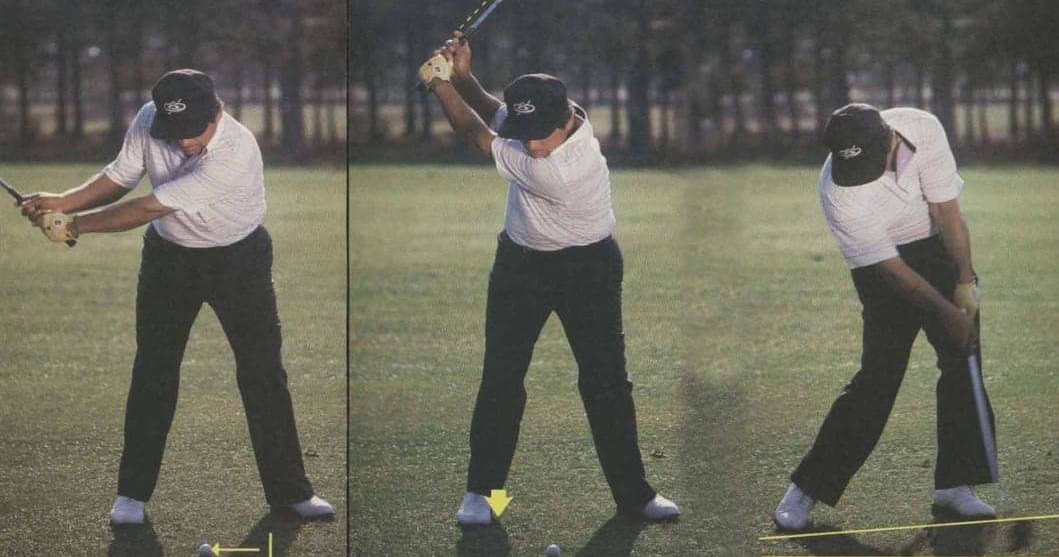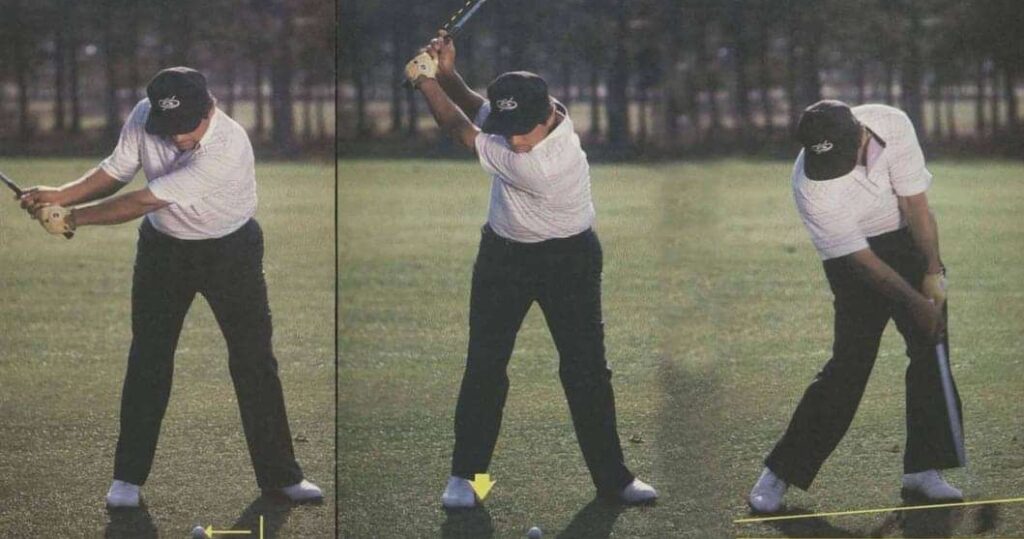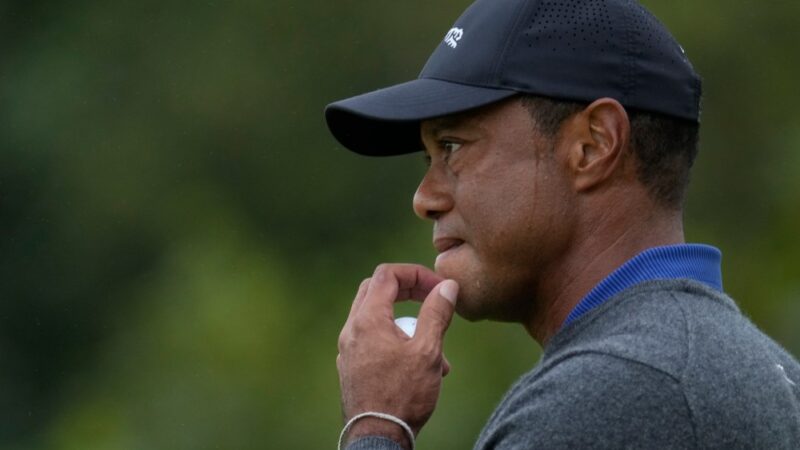The three-step method from Lee Trevino for spinning your approach shots


Golf guidance is always developing, however the best exhortation goes the distance. Timeless Tips, a new series from Sports Base, highlights some of the best tips given by players and instructors in GOLF Magazine. First up, an aide for getting additional reverse-pivot from Lee Trevino, from the September 1985 issue.
Assuming there’s one thing sporting players need, it’s the capacity to create reverse-pivot. At the point when masters stop the ball in a very small space on the greens, it evokes oohs and aahs from the display equaled by barely any different shots. The jealousy from the grandstands is obvious.
However, the super backspin shot is more than just pretty to look at. It’s also a great tool for getting close to the ball. Anything is possible if you can pull the ripcord on a shot with a short runway. Suddenly, those tucked pins no longer seem so intimidating.
These shots look easy to professionals because they use the right technique. The following is Lee Trevino’s aide for creating backswing from the September 1985 issue of GOLF Magazine.
Lee Trevino’s reverse-pivot guide
Each golf player fantasies about hitting iron shots that take off, drop delicately and land on the green with “chomp.” That’s what to do, you want reverse-pivot.
Putting reverse-pivot ready is a workmanship, however one even high handicappers can learn. Tragically, most golf players commit one of two essential errors: Either they try to lift the ball and top it, or they try so hard to take a divot that the blade gets stuck in the ground and the shot is hit hard.
Which doesn’t mean you need to swing as lovely as a genius to put “stop” ready. The best example is my swing: It may not be course book, yet I get the ball to fall on the green and remain there.
Backspin is much simpler than you might think. You should simply situate the ball appropriately in your typical position and learn two straightforward swing keys. Then you’ll hit with nibble.
1. Setup:
Most golfers play their iron shots with their left heel. This arrangement urges you to drag the club low to the ground in the important point for several feet prior to swinging it vertical. Playing the ball nearer to your right foot abbreviates the focus point and advances a more extreme backswing plane — which will make the sharp point of drop that you need. Play the ball back into your stance as a result. Trial to track down exactly where to put it.) Utilizing minimal wrist cock, create a one-piece takeaway.
2. 3/4 backswing
Keep on swinging the club back until you feel a large portion of your weight shift to within your right foot. Then, permitting your wrists to rooster marginally, swing the club practically straight up with your hands and arms. To forestall escaping the upstanding position, swing the club back no farther than the three-quarter point. Assuming you take the club excessively far back, your wrists overcook and the swing levels. Then it’s basically impossible to welcome the clubbed down on a precarious point.
3. Downswing trap
Maintaining an upright backswing automatically positions you to swing the club at an acute angle. That point empowers you to hit down ready, catching it against the clubface. This activity gives a ball reverse-pivot. With the ball played back, you will connect before the cutting edge faces the expected objective. The clubface will be somewhat open at influence, so the ball will fly somewhat left-to-right. Aim slightly to the left of the target to make up for this fade action.


